Skunk cory - Corydoras arcuatus
Scientific name: Corydoras arcuatus
Common name: Skunk cory
Family: Callichthyidae
Usual size in fish tanks: 4 - 5 cm (1.57 - 1.97 inch)
014
Recommended pH range: 6.5 - 8
Recommended water hardness: 4 - 12°N (71.43 - 214.29ppm)
0°C 32°F30°C 86°F
Recommended temperature range: 22 - 28 °C (71.6 - 82.4°F)
The way how these fish reproduce: Spawning
Where the species comes from: South America
Temperament to its own species: peaceful
Temperament toward other fish species: peaceful
Usual place in the tank: Bottom levels
Food and Feeding
The Skunk Cory is an omnivore, meaning it thrives on a varied diet of plant and animal matter. To maintain its health and vitality, provide a balanced diet that includes:
- High-quality sinking pellets or wafers
- Frozen or live foods such as bloodworms, brine shrimp, and daphnia
- Blanched vegetables like zucchini or spinach
Ensure food reaches the bottom of the tank, as Skunk Corys are bottom feeders and may not compete well for floating food.
Sexing
Sexing Skunk Corys can be challenging, but there are subtle differences:
- Males: More streamlined body shape with a pronounced dorsal fin.
- Females: Slightly larger and plumper, especially when carrying eggs.
Breeding
Breeding Skunk Corys in captivity is achievable with proper conditions. Follow these steps:
- Breeding Tank Setup: Use a 10-15 gallon (~38-57 liters) tank with soft, slightly acidic water. Provide hiding spots using plants and smooth rocks.
- Temperature: Raise the temperature slightly to around 26°C (78.8°F) to encourage spawning.
- Spawning Process: The female lays eggs on prepared surfaces like plants or glass. Remove the parents after spawning to protect the eggs.
- Hatching: Eggs hatch within 4-8 days. Feed fry newly hatched brine shrimp or specialized fry food.
Lifespan
With proper care, Skunk Corys can live up to 4-5 years, though some may live slightly longer in optimal conditions.
Origin
Native to South America, Skunk Corys inhabit freshwater rivers and tributaries across Peru, Brazil, and Ecuador. They thrive in slow-moving, well-oxygenated waters with a sandy or muddy substrate.
Tank Setup and Requirements
- Tank Size: A minimum of 20 gallons (75 liters) is recommended for a small group.
- Substrate: Soft sand or fine gravel to prevent damage to their sensitive barbels.
- Water Parameters:
- pH: 6.5 - 8
- Hardness: 4 - 12 dGH (71 - 214 ppm)
- Temperature: 22 - 28°C (71.6 - 82.4°F)
- Filtration: Use a gentle filter to maintain water quality without creating strong currents.
- Tank Mates: Peaceful species such as tetras, rasboras, and other small catfish. Avoid aggressive or fin-nipping fish.
Short Description
Skunk Corys are a unique species of Corydoras with a distinctive black stripe running along their back. They are highly social and should be kept in groups of at least 6 to reduce stress and encourage natural behavior. These fish are sensitive to poor water conditions, so regular water changes and a well-maintained tank are essential.
Unlike some catfish, Skunk Corys cannot tolerate salt in their water, so avoid adding salt to their aquarium. Providing a stress-free environment with plenty of hiding places will ensure these peaceful bottom dwellers thrive in your community tank.
Pictures
Thanks to Ted! Other pictures were bought from jjphoto.dk.
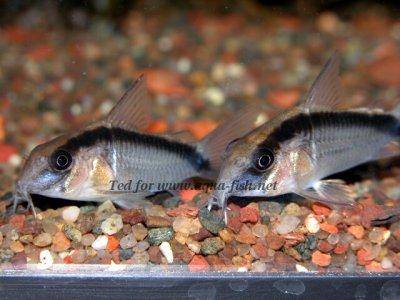





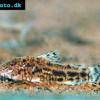 Aspidoras
Aspidoras 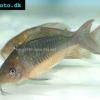 Giant
Giant 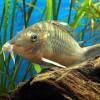 Hognosed
Hognosed 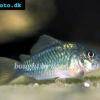 Emerald
Emerald 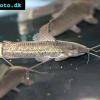 Cascarudo
Cascarudo 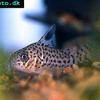 Acre
Acre 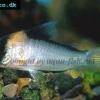 Adolfo’s
Adolfo’s 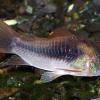 Bronze
Bronze 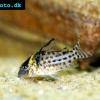 Agassizii’s
Agassizii’s 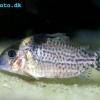 Spotted
Spotted 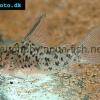 Corydoras
Corydoras 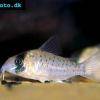 Fairy
Fairy 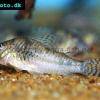 Corydoras
Corydoras 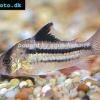 Pink
Pink 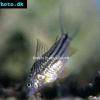 San
San 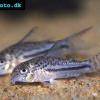 Bond’s
Bond’s 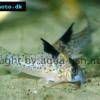 Spotted
Spotted 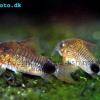 Tailspot
Tailspot 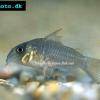 Concolor
Concolor 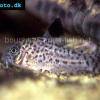 Cope’s
Cope’s 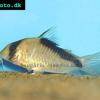 Sand’s
Sand’s 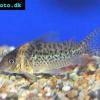 False
False 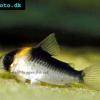 False
False 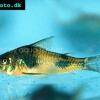 Ehrhardt’s
Ehrhardt’s 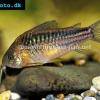 Elegant
Elegant 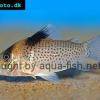 Saddle
Saddle 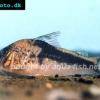 Fowler’s
Fowler’s 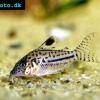 Gomezi
Gomezi 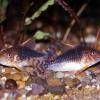 Palespotted
Palespotted 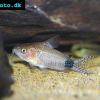 Guapore
Guapore 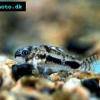 Dainty
Dainty 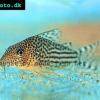 Mosaic
Mosaic 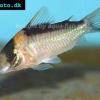 Imitator
Imitator 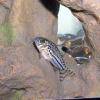 Julii
Julii 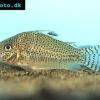 Leopard
Leopard 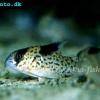 Black
Black 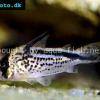 Slant-bar
Slant-bar 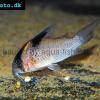 Bluespotted
Bluespotted 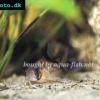 False
False 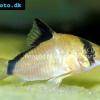 Bandit
Bandit 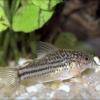 Mini
Mini 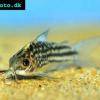 Napo
Napo 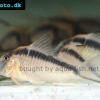 Corydoras
Corydoras 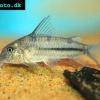 Blue
Blue 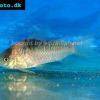 Nijssen’s
Nijssen’s 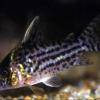 Ornate
Ornate 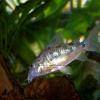 Peppered
Peppered 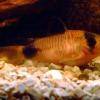 Panda
Panda 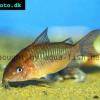 Albertini
Albertini 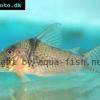 Pastaza
Pastaza 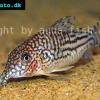 Corydoras
Corydoras 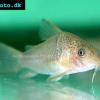 Many-spotted
Many-spotted 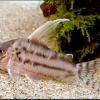 Pretty
Pretty 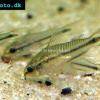 Dwarf
Dwarf 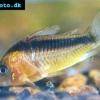 Iridescent
Iridescent 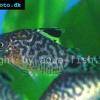 Reticulated
Reticulated 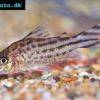 Bannertail
Bannertail 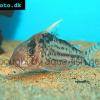 Robust
Robust 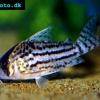 Schwartz’s
Schwartz’s 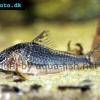 Black
Black 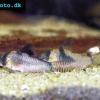 Longnosed
Longnosed 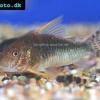 Seuss’
Seuss’ 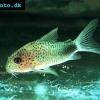 Smudge
Smudge 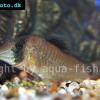 Masquerade
Masquerade 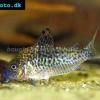 False
False 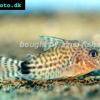 Millenium
Millenium 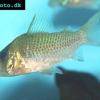 Pinkthroat
Pinkthroat 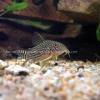 Sterba’s
Sterba’s 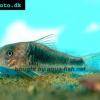 Longsnout
Longsnout 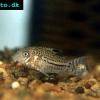 False
False 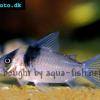 Miguelito
Miguelito 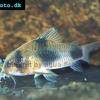 Twosaddle
Twosaddle 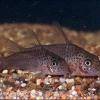 Xingu
Xingu 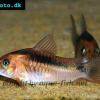 Black
Black 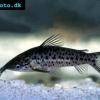 Porthole
Porthole 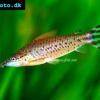 Flagtail
Flagtail 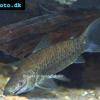 Brown
Brown 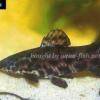 Spotted
Spotted